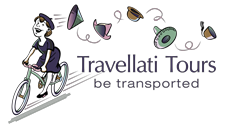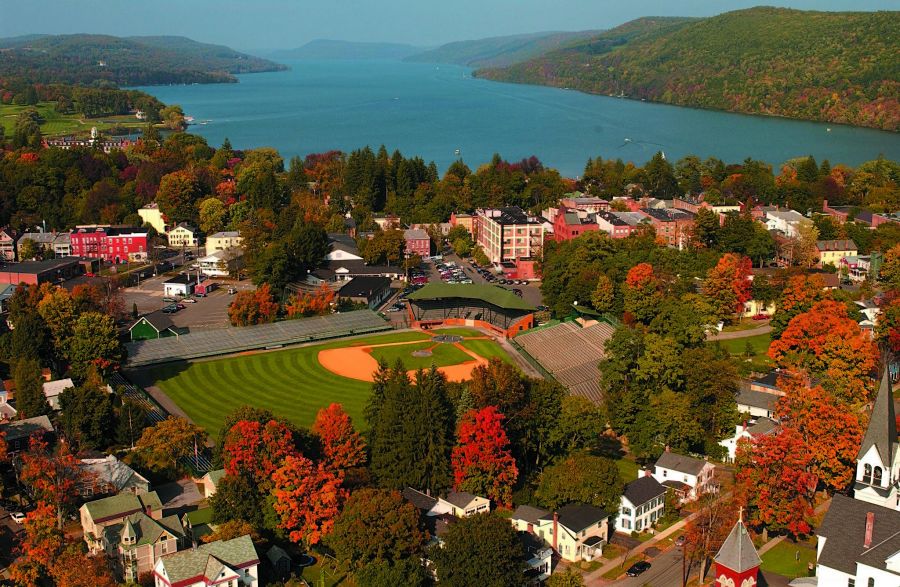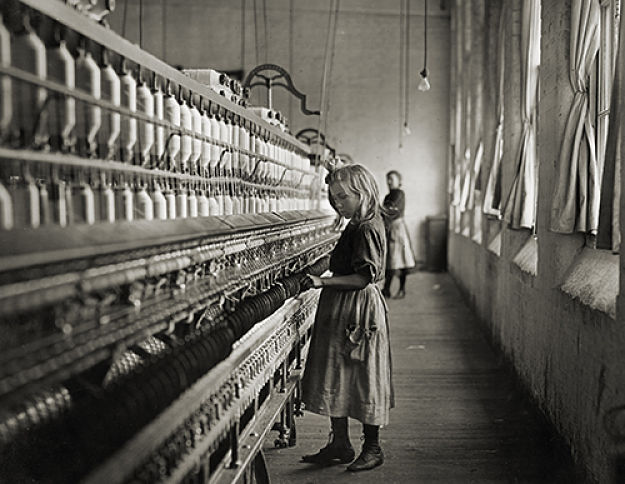So you thought Cooperstown was all about baseball? Guess again.
Inside the National Baseball Hall of Fame and Museum in Cooperstown.
Cooperstown was founded by William Cooper on the shores of Otsego Lake in 1786. His son, the novelist James Fenimore Cooper, immortalized the area in his Leatherstocking Tales, featuring his anti-hero Natty Bumppo, known as “Leather-Stocking,” in The Pioneers, The Last of the Mohicans, The Prairie, The Pathfinder, and The Deerslayer. "All of the events that happen on the lake in The Deerslayer are set in specific locations that you can identify," historian Jesse Ravage explains.
Photograph of James Fenimore Cooper by Matthew Brady.
Place names inspired by Cooper are everywhere: The Fenimore Art Museum, The Glimmerglass Opera, and the Leatherstocking Golf Club are but a few (Cooper called Lake Otsego “Glimmerglass Lake” in his novels). The 25-year-old Glimmerglass Opera is one of the most respected small opera companies in the country.
Cover of The Deerslayer by James Fenimore Cooper.
By the 1860s, the shores of the lake were dotted with camps with Cooperesque names. The early campers were attracted by Leatherstocking lore. "There are maps that were published that actually have the different locations picked out. And they mix what happens in the stories, the fictional occurrence, with what's on the landscape in actual fact," Ravage says.
The outdoor bar and dining terrace of the Hawkeye Grill at the Otesaga Hotel, where we'll dine.
Cooperstown has been a popular summer retreat since the mid-1800’s. Many of the estates and houses built during that time are still in use today, as is the Otesaga Hotel, the gracious keystone of Cooperstown which was built in 1909. The hotel is now listed in the National Register of Historic Places.
Thirty years later, the National Baseball Hall of Fame opened with the induction of Babe Ruth, Cy Young, Ty Cobb, and other baseball legends.
Hyde Hall on the banks of Otsego Lake in Cooperstown.
Historic Hyde Hall is a majestic 50-room country house which has overlooked Cooper's fabled "Glimmerglass Lake" for over 175 years. The mansion possesses "the finest two rooms built in a private home in America prior to 1840."
The Farmers' Museum silos and entry gate.
The Farmers’ Museum, one of the country’s oldest outdoor living history museums, showcases rural life in 1845 in its village of historic trade and craft shops, most of which come from within 50 miles. One house came from Roxbury, NY, which we’ll also visit, and where its exact twin has been lovingly restored.
The Fenimore Art Museum, Cooperstown, NY.
The Fenimore Art Museum on the shores of Lake Otsego is home to one of the country’s premier folk art and Native American collections, as well as temporary exhibitions. Just a few of the exhibitions currently on show are:
Central-Park, Winter, The Skating Pond (1862), Currier and Ives (publisher), Lyman W. Atwater, lithographer (1835–1891), after Charles Parsons (1821–1910). Hand-colored lithograph. Collection of Dick Button.
The Art of Figure Skating through the Ages: The Dick Button Collection
Dick Button is widely considered one of the premier male figure skaters who dominated the world of figure skating for seven years, which is like 70 in normal years. Or is it one? I always get that mixed up. Anyway, he continued his career as an entertaining and often humorous commentator of ice skating and has now published a book, Push Dick's Button. His diverse collection of ice skating art ranges from 17th-century Dutch paintings to 20th-century sculpture and showcases the full range of media in which ice skating has appeared.
Sadie, a cotton mill spinner, Lancaster, South Carolina, 1908. Lewis Hine.
Our Strength Is Our People: The Humanist Photographs of Lewis Hine
Lewis Wickes Hine (1874–1940) was considered the father of American documentary photography. This exhibition consists of rare vintage prints, and covers the three overarching themes of Hine’s three-decade career: the immigrant experience, child labor, and the American worker, culminating in his magnificent studies of the construction of the Empire State Building.
Shadowland (2016), Tracy Helgeson. Oil on wood panel.
Between Observation and Imagination: Paintings by Tracy Helgeson
A collection of new work that epitomize how artist Tracy Helgeson sees and feels about the landscapes, structures and scenes that surround her daily life in Cooperstown. Simplicity in forms and layers of color juxtaposed with bits of painted detail and other textural elements create images that define a specific place, yet also seem otherworldly.
And a few masterpieces from the permanent collections:
Landscape Scene from "The Last of the Mohicans", Thomas Cole, 1827.
Fine Art
Thomas Cole was one of the founders of the Hudson River School of landscape art, and his trips to Lake George, in northeast New York State, inspired him to both paint and write poetry about the site. Cole was a friend of James Fenimore Cooper and was particularly influenced by Cooper’s writing and his painterly depictions of Lake George as a “Holy Lake.”
Picking Flowers, 1840-1850, attributed to Samuel Miller, oil on canvas. Gift of Stephen C. Clark. Photograph by Richard Walker.
American Folk Art: Seven Decades of Collecting
The Fenimore’s remarkable collection of American folk art was originated by Stephen Carlton Clark over seventy years ago and is now regarded as one of the most comprehensive and significant assemblages in the United States. The exhibition includes select items from the collection such as weathervanes, portraits, pottery, and more.
My favorite artifact in the museum, this coat was made of caribou skin by a Innu (Naskapi) woman in Labrador around 1785.
American Indian Art
The Native American collection given by Eugene and Clare Thaw is the most significant of its type donated to the American public since the Depression era. Many of these objects are the best of their kind, milestones of Indian creativity.
A view of Lake Otsego from Glimmerglass Film Days showing why Cooper called the lake "Glimmerglass."
So join us to visit the shores of beautiful Glimmerglass, er, Otsego Lake, during the glory days of Autumn, and perhaps you'll find your field of dreams.















